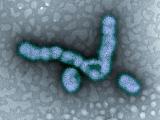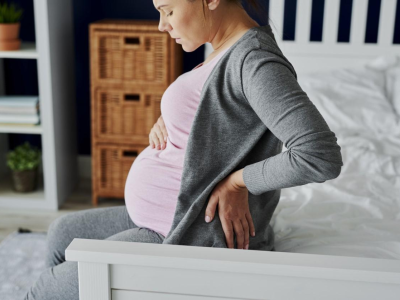Jun 21, 2010 (CIDRAP News) – Two new reports in the medical literature today suggest that secondary transmission of the pandemic H1N1 virus in households is low, which seems to confirm earlier reports that the virus is less contagious than past pandemic viruses and some seasonal flu viruses.
One study looked at household transmission rates in boys who got sick with pandemic flu at a residential camp in Florida last summer, and another explored rates in the households of students sickened in a Hong Kong secondary school outbreak in June 2009. Both reports appear today in the early online edition of Epidemiology and Infection.
In the first study, 49 of 212 boys at the summer camp had confirmed or probable pandemic H1N1 infections, putting the primary attack rate at 23%. Among 87 household contacts, the investigators observed three instances of probable secondary transmission, for an attack rate of 3.5%. They reported that all three secondary cases occurred in households where the sick camper returned home 1 day after illness onset.
The authors suggested that two factors contributed to the low secondary attack rate they observed: returning home after peak infectivity and advance warning before the sick campers' return.
In the second study, Hong Kong researchers found that 65 of 511 students got sick in the outbreak at the secondary school. They found 12 confirmed H1N1 infections among 205 of the sick students' household contacts for a secondary attack rate of 5.9%. The group found that household contacts younger than 18 were 15 times more likely to be infected than older contacts.
Researchers also explored the role of oseltamivir (Tamiflu) in protecting household contacts. They found that contacts who had received oseltamivir prophylaxis were less likely to get sick.
The two reports showed even lower rates of secondary pandemic H1N1 infections than an earlier report that suggested the new flu's household transmission rates were lower than in past pandemics or even in a normal flu season.
A December 2009 New England Journal of Medicine report by researchers from the US Centers for Disease Control and Prevention (CDC) and University College London used data from patients who had confirmed pandemic H1N1 infections early in the outbreak. They found secondary infections in 27% of 216 households and 13% of 600 household residents. For comparison, they noted that secondary attack rates were 20% in the 1957 and 1968 pandemics and as high as 40% in some flu seasons.
Doyle TJ, Hopkins RS. Low secondary transmission of 2009 pandemic influenza A (H1N1) in households following an outbreak at a summer camp: relationship to timing of exposure. Epidemiol Infect 2010 Jun 21;early online publication [Abstract]
Leung YH, Li MP, Chuang SK. A school outbreak of pandemic (H1N1) 2009 infections: assessment of secondary household transmission and the protective role of oseltamivir. Epidemiol Infect 2010 Jun 21;early online publication [Abstract]
See also:
Dec 21, 2009,.CIDRAP News story "Study: H1N1 not highly contagious in households"



















